#wesleyan university press
Text

Aimé Césaire, (1939), The Original 1939 Notebook of a Return to the Native Land, Edited by A. James Arnold and Clayton Eshleman, Original art by Wifredo Lam, «Wesleyan Poetry», Wesleyan University Press, Middletown, CT, 2013, Bilingual Edition



#graphic design#art#drawing#book#cover#book cover#aimé césaire#a. james arnold#clayton eshleman#wifredo lam#wesleyan university press#1930s#2010s
37 notes
·
View notes
Photo
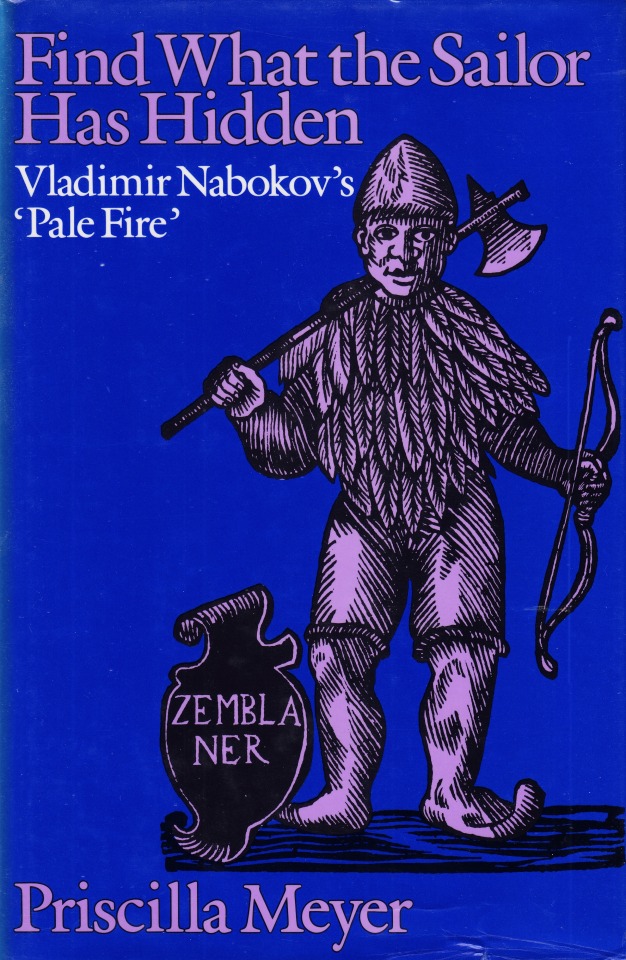
Find What The Sailor Has Hidden (1988)
Priscilla Meyer
Wesleyan University Press
#Find What The Sailor Has Hidden#Pale Fire#Vladimir Nabokov#Priscilla Meyer#Wesleyan University Press#Started This Today
2 notes
·
View notes
Text
Whatever it was I lost, whatever I wept for
Was a wild, gentle thing, the small dark eyes
Loving me in secret.
1 note
·
View note
Text
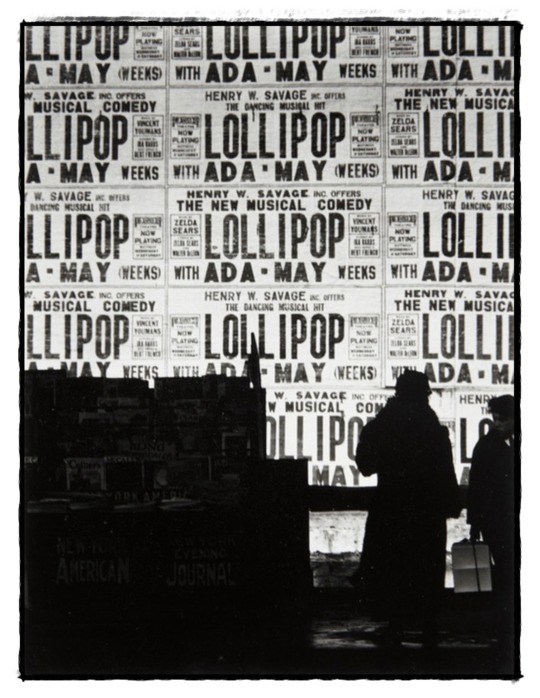
From the book:
A POINT OF VIEW / Ralph Steiner
Publisher: Wesleyan University Press; First Edition (1978)
21 notes
·
View notes
Text




“Sunday’s Empire” by Peter Gizzi is the second new addition to the Poetry in Motion collection this winter season. Reflecting on the new pair of poems now on display throughout the system, Matt Brogan, Executive Director @poetrysociety shared, "The poems of Ilya Kaminsky and Peter Gizzi remind us that our lives are lit, not only by the sun rising over the horizon or reflecting off the fallen snow, but by family, neighbors, and community. ‘People live here,’ Gizzi writes, and Kaminsky responds, ‘all neighbors’ hands.’”
Gizzi’s poem is presented with a detail from Frank Leslie Hampton’s mosaic “Uptown New York” (2000) at Tremont Av (B,D) station. The mosaic depicts a classic New York scene familiar to all, an apartment building with laundry hanging on clotheslines and views of the city skyline. Projecting warmth and the serenity of feeling at home, the poems and artwork lend a sense of comfort and calm to the daily commute.
“Sunday’s Empire” from Now It’s Dark © 2020 by Peter Gizzi. Published by Wesleyan University Press. Used by permission. “Uptown New York” (2000) © Frank Leslie Hampton, NYCT Tremont Av station. Commissioned by MTA Arts & Design. Photo: Rob Wilson.
📸: MTA A&D/Rob Wilson
13 notes
·
View notes
Text
The moon suddenly stands up in the darkness,
And I see that it is impossible to die.
Each moment of time is a mountain.
— James Wright, from “Today I Was So Happy, So I Made This Poem,” in "The Branch Will Not Break: Poems" (Wesleyan University Press, 1963)
16 notes
·
View notes
Quote
Every family has its own collection of stories, but not every family has someone to tell them.
Lyn Hejinian, from her poem ‘It seemed that we had hardly begun and we were already there’ (from “my life and my life the nineties”, Wesleyan University Press, 2013)
193 notes
·
View notes
Photo
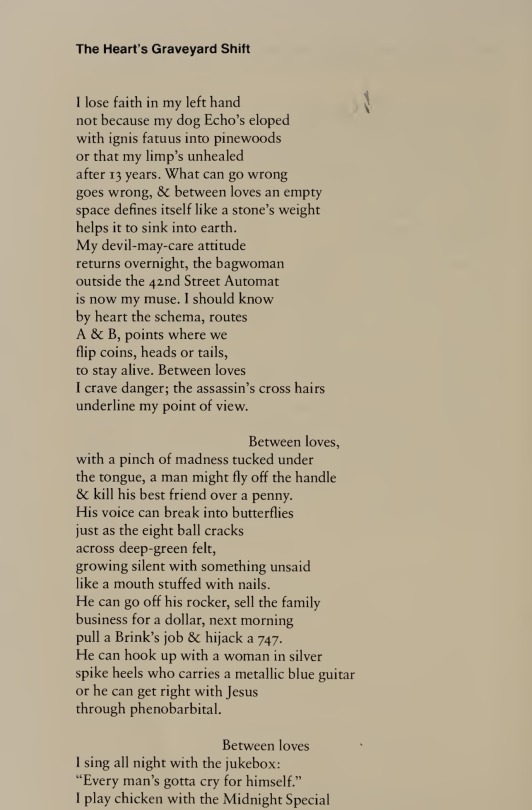

The Heart's Graveyard Shift
I lose faith in my left hand
not because my dog Echo's eloped
with ignis fatuus into pinewoods
or that my limp's unhealed
after 13 years. What can go wrong
goes wrong, & between loves an empty
space defines itself like a stone's weight
helps it to sink into earth.
My devil-may-care attitude
returns overnight, the bagwoman
outside the 42nd Street Automat
is now my muse. I should know
by heart the schema, routes
A & B, points where we
flip coins, heads or tails,
to stay alive. Between loves
I crave danger; the assassin's cross hairs
underline my point of view.
Between loves,
with a pinch of madness tucked under
the tongue, a man might fly off the handle
& kill his best friend over a penny.
His voice can break into butterflies
just as the eight ball cracks
across deep-green felt,
growing silent with something unsaid
like a mouth stuffed with nails.
He can go off his rocker, sell the family
business for a dollar, next morning
pull a Brink's job & hijack a 747.
He can hook up with a woman in
silver spike heels who carries a metallic blue
guitar or he can get right with Jesus
through phenobarbital.
Between loves
I sing all night with the jukebox:
"Every man's gotta cry for himself."
I play chicken with the Midnight Special
rounding Dead Man's Curve, enthralled
by the northern lights & machinery
of falling stars. Internal solstice,
my body, a poorly rigged by-pass
along Desperado Ave., taking me away
from myself. Equilibrium's whorehouses.
Arcades scattered along the eastern seaboard.
I search dead-colored shells for clues,
visions, for a thread of meat,
untelling interior landscapes.
A scarecrow dances away with my shadow.
Between loves I could stand all day
at a window watching honeysuckle open
as I make love to the ghosts
smuggled inside my head.
—Yusef Komunyakaa, from Neon Vernacular (Wesleyan University Press, 1993)
27 notes
·
View notes
Text

Let it be by John Cage
X: Writings ’79–’82 (Wesleyan University Press, 1983)
2 notes
·
View notes
Text
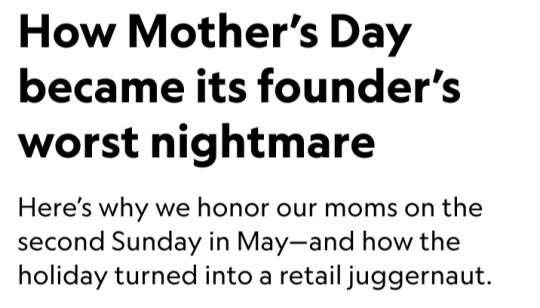

By Brian Handwerk, 11 May 2023
Mother’s Day is one of the year’s biggest greeting card occasions, but it definitely didn’t start out as a Hallmark holiday.
The Mother’s Day we celebrate on the second Sunday in May exists largely due to the incessant efforts — some might say maniacal single-mindedness — of a woman named Anna Jarvis.
But Jarvis wasn’t the first American to promote the idea.
Early attempts to get the holiday going focused on bigger social issues, such as promoting peace and improving schools.
But the version of the day that finally did catch on became its founder’s worst nightmare.
Early Mother’s Day celebrations

Mother’s Day was initially launched by antiwar activists in 1872.
Julia Ward Howe, better remembered for writing "The Battle Hymn of the Republic," advocated a Mothers’ Peace Day on which pacifist women would gather in churches, social halls, and homes to listen to sermons or essays, sing, and pray for peace.
American cities like Boston, New York, Philadelphia, and Chicago held annual Mother’s Day services, centered on pacifism, every June 2 until about 1913.
But these faded away, as did the mothers’ pleas for peace when the world entered World War I.
Another early Mother's Day effort was led by teacher and principal Mary Towles Sasseen, of Henderson, Kentucky.
Her idea, launched in 1887, focused on schools:
Sasseen wrote a guide, Mother’s Day Celebrations, with the hope that school systems around the country would observe Mother’s Day receptions to strengthen ties between students, parents, and teachers.
But by the time she died in 1924, Sasseen’s Mother’s Day never made it far beyond Kentucky.
Who really founded Mother’s Day?
In February 1904, Frank Hering, a University of Notre Dame faculty member, football coach, and national president of the Fraternal Order of Eagles delivered a speech entitled “Our Mothers and Their Importance in Our Lives.”
It was the first public call to set aside a national day to honor mothers.
Although that organization still bills Hering and itself as the “true founders of Mother's Day,” his role in proposing the holiday was soon eclipsed by the tireless efforts of Jarvis to publicize and promote the holiday — and herself as the founder.
Jarvis’s labors, which made Mother’s Day a reality, began with a wish to honor her own mother — who had attended Julia Ward Howe’s gatherings and prayed, quite literally, for such a day to exist.
In 1908, when Jarvis organized the first official Mother’s Day celebrations in Grafton, West Virginia, and Philadelphia, she chose the second Sunday in May because it honored the anniversary of her mother’s death.
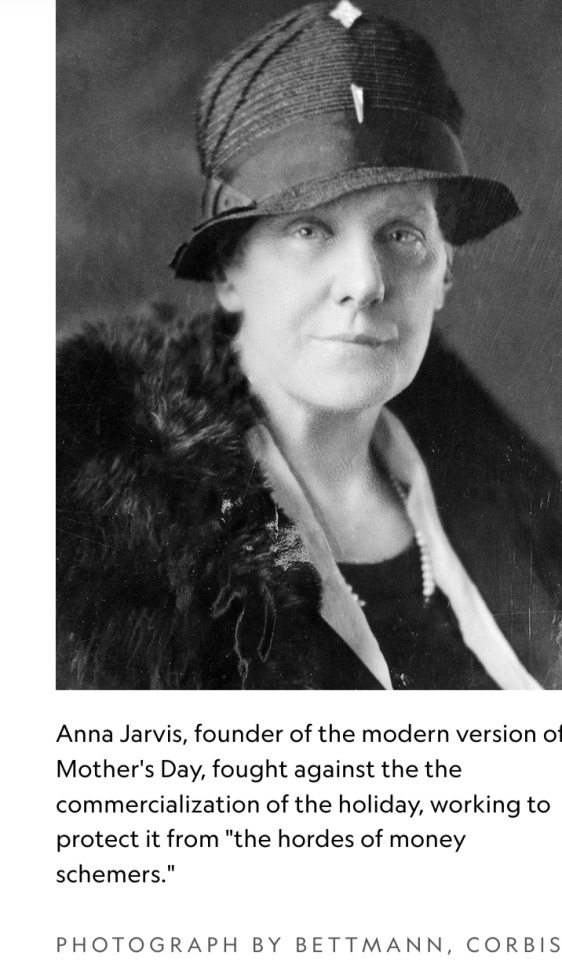
As Jarvis’s campaigning rapidly expanded Mother’s Day observations across the country, she rejected the idea that Hering’s earlier suggestion had anything to do with it.
An undated 1920s statement entitled “Kidnapping Mother’s Day: Will You Be an Accomplice?” explained her attitude towards Hering:
“Do me the justice of refraining from furthering the selfish interests of this claimant, who is making a desperate effort to snatch from me the rightful title of originator and founder of Mother’s Day, established by me after decades of untold labor, time and expense.”
Jarvis, who never had children, acted partly out of ego, says Katharine Antolini, an historian at West Virginia Wesleyan College and author of Memorializing Motherhood: Anna Jarvis and the Struggle for Control of Mother's Day.
“Everything she signed was Anna Jarvis, Founder of Mother's Day. It was who she was."
How Mother’s Day became a national holiday
Jarvis had a point; she’s clearly the primary person responsible for launching the holiday as a national celebration.
Founding Mother’s Day and aggressively protecting her ownership of the holiday became her life’s work.
In her mission to win the holiday national recognition, Jarvis petitioned the press, politicians, churches, organizations, and individuals of influence including, notably, the wealthy Philadelphia department store magnate John Wanamaker.
Wanamaker embraced Jarvis’s idea and promoted a 10 May 1908 gathering at his department store, which Jarvis herself addressed.
The Philadelphia event drew a reported 15,000 people and each one received a free carnation — at least while they lasted. Mother’s Day was off and running.
Under relentless lobbying from Jarvis, state after state began to observe Mother’s Day.
In 1914, President Woodrow Wilson finally signed a bill designating the second Sunday in May as a legal holiday, Mother’s Day.
It was dedicated “to the best mother in the world, your mother.” The idea of honoring mothers was appealing.
General John “Black Jack” Pershing, commander of the American Expeditionary Forces, highlighted the value of the holiday in a general order he issued on 8 May 1918 asking officers and soldiers to write letters home on Mother’s Day.
He wrote: “This is a little thing for each one to do, but these letters will carry back our courage and affection to the patriotic women whose love and prayers inspire us and cheer us on to victory."
In 1934, President Franklin Delano Roosevelt got into the act.
The avid stamp collector sketched a design for a Commemorative Mother’s Day Stamp based on the famous “Whistler’s Mother” portrait.
Unfortunately for FDR, Anna Jarvis didn’t approve.
She found the design ugly and made clear her intention that the words “Mother’s Day” not adorn the stamp — they never did.
Mother’s Day and commercialization
Business owners like John Wanamaker and Philadelphia's florists likely saw Mother’s Day’s commercial potential from that very first Sunday in 1908.
But Jarvis had many strong opinions about how the holiday should and should not be celebrated.
Foremost among them was her hatred of profiteering, even by charitable institutions.
Just a few years after that first Philadelphia Mother’s Day, one story goes, Jarvis ordered a “Mother’s Day Salad” at Wanamaker’s Tea Room — and dumped it on the floor.
Jarvis meant the holiday to be one of quiet reflection and personal relations between mothers and children.
“To have Mother’s Day the burdensome, wasteful, expensive gift day that Christmas and other special days have become is not our pleasure," she wrote in the 1920s.
“If the American people are not willing to protect Mother’s Day from the hordes of money schemers that would overwhelm it with their schemes, then we shall cease having a Mother’s Day—and we know how.”

If Jarvis really did have some plan to stop people from profiting off of Mother’s Day, that plan amounted to exactly nothing.
In 1948, Jarvis died in a Pennsylvania sanitarium, aged 84, penniless after spending her fortune fighting to maintain control over Mother’s Day.
Today, Mother’s Day isn’t just commercialized, it’s a retail juggernaut.
In fact, only Back-to-School and winter holidays inspire Americans to spend more money per person than Mother’s Day, according to the National Retail Federation.
The haul is over 30 billion dollars in all.
Hallmark profits handsomely from that spending; it’s the third biggest card-giving day of the year.
And, to the delight of florists, about three out of four people faithfully send mom flowers.
More than half of all celebrators also plan special outings for their mothers, gifting tickets to concerts and sporting events—or a day at the spa.
And Mother’s Day is also the busiest day of the year for restaurants, according to annual research surveys from the National Restaurant Association.
More than one in four people go out for a meal with mom each year, and many more at least order takeout so that no one has to spend the special day in the kitchen.
If the holiday has become a runaway moneymaker, Jarvis would have loathed, at least gathering around a table for those Mother’s Day meals offers children a chance to personally honor their moms in the way she always intended.
#Mother's Day#Anna Jarvis#Julia Ward Howe#Mary Towles Sasseen#Frank Hering#President Woodrow Wilson#President Franklin Delano Roosevelt#Hallmark
17 notes
·
View notes
Text
The National Book Award finalists have been announced.

2023 Longlist for the National Book Award for Fiction:
Nana Kwame Adjei-Brenyah, Chain-Gang All-Stars Pantheon Books / Penguin Random House
Aaliyah Bilal, Temple Folk Simon & Schuster
Eliot Duncan, Ponyboy W. W. Norton & Company
Paul Harding, This Other Eden W. W. Norton & Company
Tania James, Loot Knopf / Penguin Random House
Jayne Anne Phillips, Night Watch Knopf / Penguin Random House
Mona Susan Power, A Council of Dolls Mariner Books / HarperCollins Publishers
Hanna Pylväinen, The End of Drum-Time Henry Holt and Company / Macmillan Publishers
Justin Torres, Blackouts Farrar, Straus and Giroux / Macmillan Publishers
LaToya Watkins, Holler, Child Tiny Reparations Books / Penguin Random House
2023 Longlist for the National Book Award for Nonfiction:
Ned Blackhawk, The Rediscovery of America: Native Peoples and the Unmaking of U.S. History Yale University Press
Jonathan Eig, King: A Life Farrar, Straus and Giroux / Macmillan Publishers
Viet Thanh Nguyen, A Man of Two Faces: A Memoir, A History, A Memorial Grove Press / Grove Atlantic
Prudence Peiffer, The Slip: The New York City Street That Changed American Art Forever Harper / HarperCollins Publishers
Donovan X. Ramsey, When Crack Was King: A People’s History of a Misunderstood Era One World / Penguin Random House
Cristina Rivera Garza, Liliana’s Invincible Summer: A Sister’s Search for Justice Hogarth / Penguin Random House
Christina Sharpe, Ordinary Notes Farrar, Straus and Giroux / Macmillan Publishers
Raja Shehadeh, We Could Have Been Friends, My Father and I: A Palestinian Memoir Other Press
John Vaillant, Fire Weather: A True Story from a Hotter World Knopf / Penguin Random House
Kidada E. Williams, I Saw Death Coming: A History of Terror and Survival in the War Against Reconstruction Bloomsbury Publishing
2023 Longlist for the National Book Award for Poetry:
John Lee Clark, How to Communicate W. W. Norton & Company
Oliver de la Paz, The Diaspora Sonnets Liveright / W. W. Norton & Company
Annelyse Gelman, Vexations University of Chicago Press
José Olivarez, Promises of Gold Henry Holt and Company / Macmillan Publishers
Craig Santos Perez, from unincorporated territory [åmot] Omnidawn Publishing
Paisley Rekdal, West: A Translation Copper Canyon Press
Brandon Som, Tripas Georgia Review Books / University of Georgia Press
Charif Shanahan, Trace Evidence Tin House Books
Evie Shockley, suddenly we Wesleyan University Press Monica Youn, From From Graywolf Press
2023 Longlist for the National Book Award for Translated Literature:
Juan Cárdenas, The Devil of the Provinces Translated from the Spanish by Lizzie Davis Coffee House Press
Bora Chung, Cursed Bunny Translated from the Korean by Anton Hur Algonquin Books / Hachette Book Group
David Diop, Beyond the Door of No Return Translated from the French by Sam Taylor Farrar, Straus and Giroux / Macmillan Publishers
Jenny Erpenbeck, Kairos Translated from the German by Michael Hofmann New Directions Publishing
Stênio Gardel, The Words That Remain Translated from the Portuguese by Bruna Dantas Lobato New Vessel Press
Khaled Khalifa, No One Prayed Over Their Graves Translated from the Arabic by Leri Price Farrar, Straus and Giroux / Macmillan Publishers
Fernanda Melchor, This Is Not Miami Translated from the Spanish by Sophie Hughes New Directions Publishing
Pilar Quintana, Abyss Translated from the Spanish by Lisa Dillman World Editions
Astrid Roemer, On a Woman’s Madness Translated from the Dutch by Lucy Scott Two Lines Press
Mohamed Mbougar Sarr, The Most Secret Memory of Men Translated from the French by Lara Vergnaud Other Press
2023 Longlist for the National Book Award for Young People’s Literature:
Erin Bow, Simon Sort of Says Disney-Hyperion Books / Disney Publishing Worldwide
Kenneth M. Cadow, Gather Candlewick Press
Alyson Derrick, Forget Me Not Simon & Schuster Books for Young Readers / Simon & Schuster
Huda Fahmy, Huda F Cares? Dial Books for Young Readers / Penguin Random House
Vashti Harrison, Big Little, Brown Books for Young Readers / Hachette Book Group
Katherine Marsh, The Lost Year: A Survival Story of the Ukrainian Famine Roaring Brook Press / Macmillan Publishers
Dan Nott, Hidden Systems: Water, Electricity, the Internet, and the Secrets Behind the Systems We Use Every Day Random House Graphic / Penguin Random House
Dan Santat, A First Time for Everything First Second / Macmillan Publishers
Betty C. Tang, Parachute Kids Graphix / Scholastic, Inc.
Yohuru Williams and Michael G. Long, More Than a Dream: The Radical March on Washington for Jobs and Freedom Farrar, Straus and Giroux Books for Young Readers / Macmillan Publishers
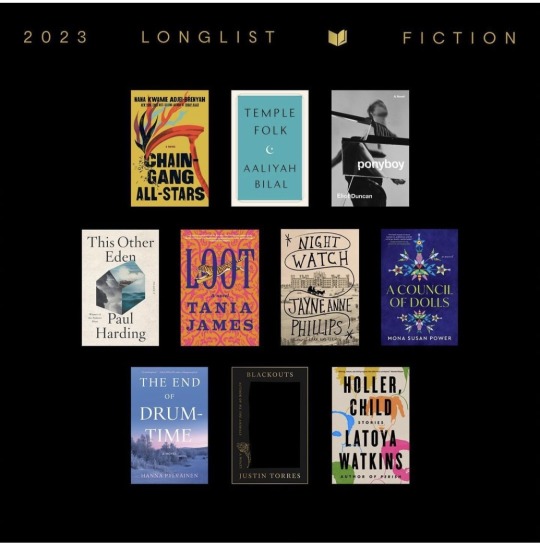
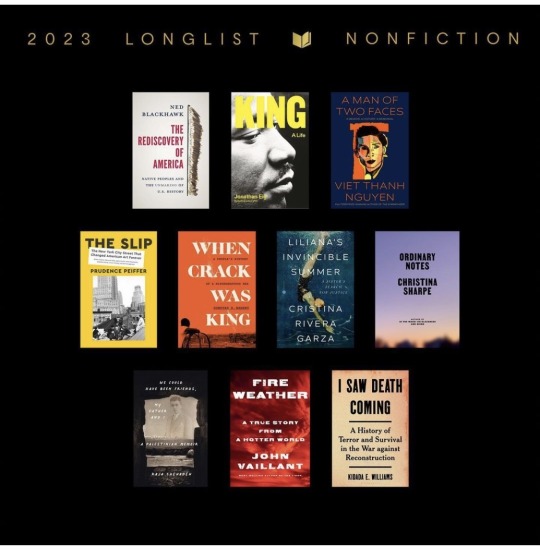

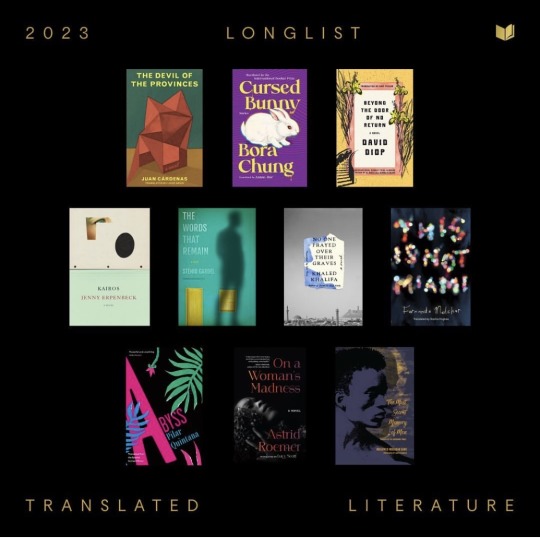

3 notes
·
View notes
Photo
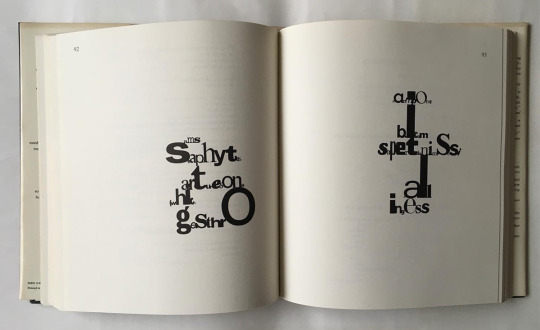
John Cage, (1969-1973), M: Writings '67-'72, Wesleyan University Press, Middletown, CT, 1973, pp. 92-93 (Monoskop pdf here) [then Marion Boyars Publishers, London, 1998] [Libreria El Astillero, Cantabria. © John Cage Trust]
#graphic design#typography#art#fluxus#poetry#concrete poetry#visual poetry#visual writing#book#john cage#wesleyan university press#marion boyars publishers#1970s#1990s
93 notes
·
View notes
Note
hi! would you still happen to have that horror movie analysis citation list? i plan on reading a glossary of haunting soon and would love some additional readings if possible
hey i do! so not exactly horror movie analysis - my paper was specifically on aliens and the American frontier and how the American colonial project informs how we conceptualize extraterrestrial lifeforms and our alleged interactions with them, as well as our film history surrounding it. weird i know, it wasn't a well-formatted paper because i changed tack halfway through so i just picked through my bibliography and chose what was most relevant. my favorites are in bold and i would love more similar writings if anyone has them - it was truly fascinating research!
Abbott, Carl (2005). Homesteading on the extraterrestrial frontier. Science Fiction Studies, 32(2), 240–264. http://www.jstor.org/stable/4241346
Blaine, Marcia S. (2009). The Johnsons’ plight: The role of captivity on Anglo-American identity. History 94, no. 313 (January): 53–73.
Bullard, Thomas E. (1989). UFO abduction reports: The supernatural kidnap narrative returns in technological guise. The Journal of American Folklore, 102(404), 147–170. https://doi.org/10.2307/540677
Dewan, William J. (2006). “A saucerful of secrets”: An interdisciplinary analysis of UFO experiences. The Journal of American Folklore, 119(472), 184–202. http://www.jstor.org/stable/4137923
Ebersole, Gary (2009). Captured by texts: Puritan to postmodern images of Indian captivity. Charlottesville and London: University Press of Virginia.
Kelly, Fanny (1871). Narrative of my captivity among the Sioux Indians. Hartford, Conn. Mutual Publishing Company.
Lauria, Rita & White, Harold M. (1995). Mythic analogues: Space and cyberspace: A critical analysis of US policy for the space and information age. Journal of Communication Inquiry, 19: 2, pp. 64–87. https://ssrn.com/abstract=1872313
Lepselter, Susan (2016). The resonance of unseen things: Poetics, power, captivity, and UFOs in the American uncanny. University of Michigan Press.
Lowell, Percival (1908). Mars as the abode of life. The Macmillan Company.
Newman, Leonard S., & Baumeister, Roy F. (1996). Toward an explanation of the UFO abduction phenomenon: Hypnotic elaboration, extraterrestrial sadomasochism, and spurious memories. Psychological Inquiry, 7(2), 99–126. http://www.jstor.org/stable/1449001
Panay, Andrew (2004). From Little Big Man to little green men: The captivity scenario in American culture. European Journal of American Culture 23, no. 3 (October 2004): 201–16.
Peebles, Curtis (1994). Watch the skies! A chronicle of the flying saucer myth. Smithsonian.
Pfitzer, G. M. (1995). The only good alien is a dead alien: Science fiction and the metaphysics of Indian-hating on the high frontier. Journal of American Culture 18, no. 1 (Spring, 1995): 51.
Sanarov, Valerii I. (1981). On the nature and origin of flying saucers and little green men. Current Anthropology, 22(2), 163–167. http://www.jstor.org/stable/2742701
Slotkin, Richard (1973). Regeneration through violence: The mythology of the American frontier, 1600-1860. Wesleyan University Press.
Sturma, Michael (2002). Aliens and Indians: A comparison of abduction and captivity narratives. Journal of Popular Culture 36, no. 2 (Fall 2002): 318–34.
2 notes
·
View notes
Text
Eagle Poem
BY JOY HARJO
To pray you open your whole self
To sky, to earth, to sun, to moon
To one whole voice that is you.
And know there is more
That you can’t see, can’t hear;
Can’t know except in moments
Steadily growing, and in languages
That aren’t always sound but other
Circles of motion.
Like eagle that Sunday morning
Over Salt River. Circled in blue sky
In wind, swept our hearts clean
With sacred wings.
We see you, see ourselves and know
That we must take the utmost care
And kindness in all things.
Breathe in, knowing we are made of
All this, and breathe, knowing
We are truly blessed because we
Were born, and die soon within a
True circle of motion,
Like eagle rounding out the morning
Inside us.
We pray that it will be done
In beauty.
In beauty.
- Joy Harjo, “Eagle Poem” from In Mad Love and War. Copyright © 1990 by Joy Harjo. Reprinted with the permission of Wesleyan University Press,
www.wesleyan.edu/wespress.
Source: In Mad Love and War (Wesleyan University Press, 1990)
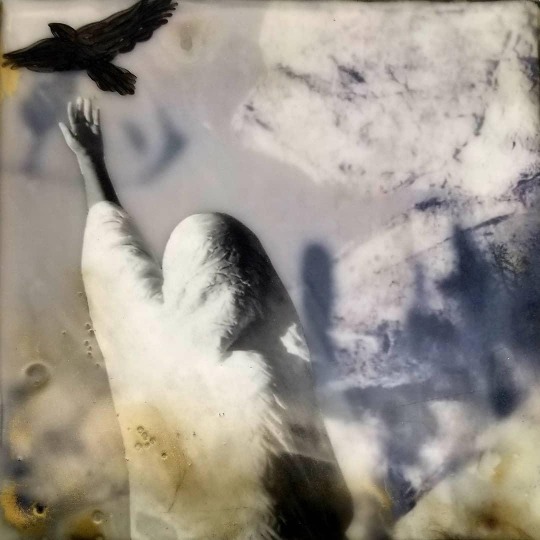
4 notes
·
View notes
Text

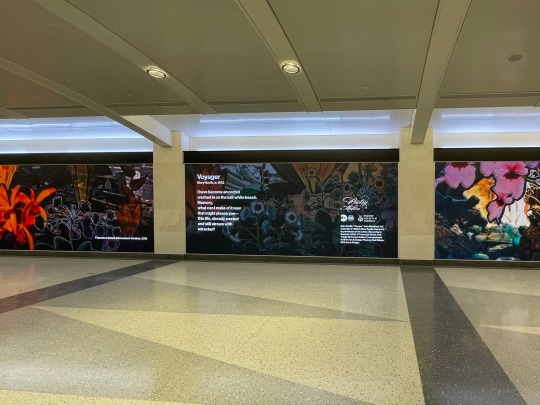

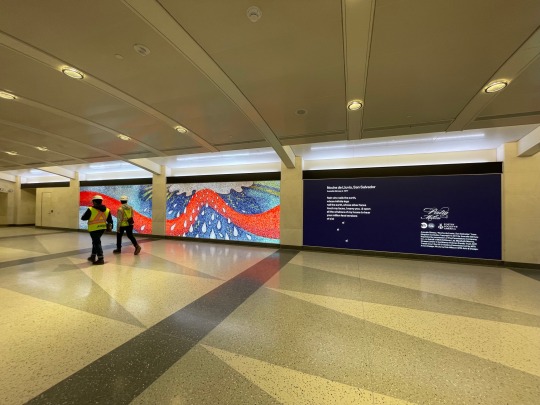


We are excited to continue collaborating with @poetrysociety to bring #PoetryinMotion to Grand Central Madison, digitally displayed on 5 large screens in the north end of the concourse. Together, the screens create a canvas that is over seven feet high and 91 feet long, enriching commuters’ journeys with a selection of renowned poems paired with artwork from the #MTAarts collection.
Photos:
"Train Rising Out of the Sea” © 1979, 1985, 2008 by John Ashbery. Used by arrangement with Georges Borchardt, Inc., on behalf of the author's estate. Duration (2017) © Monika Bravo, NYC Transit Prospect Avenue Station. Commissioned by MTA Arts & Design.
Mary Ruefle, “Voyager” from Memling’s Veil. Copyright © 1982 by Mary Ruefle. Reprinted by permission of the author. Bensonhurst Gardens (2012) © Francesco Simeti, NYC Transit 18 Avenue Station. Commissioned by MTA Arts & Design.
Heather McHugh, “A Night in a World” from Hinge & Sign: Poems, 1968-1993. Copyright © 1994 by Wesleyan University Press. Edges of a South Brooklyn Sky (2018) © Sally Gil, NYC Transit Avenue U Station. Commissioned by MTA Arts & Design.
Aracelis Girmay, “Noche de Lluvia, San Salvador” from Kingdom Animalia. Copyright © 2011 by Aracelis Girmay. Reprinted by permission of The Permissions Company, Inc., on behalf of BOA Editions, Ltd. Elizabeth Murray, Stream (2001) © the Murray-Holman Family Trust, NYC Transit Court Sq-23 St Station.Commissioned by MTA Arts & Design.
Toi Derricotte, "A nap" from “I": New & Selected Poems. Copyright © 2019. Reprinted with permission of the University of Pittsburgh Press. Forte (Quarropas) (2020) © Barbara Takenaga, MNR White Plains Station. Commissioned by MTA Arts & Design.
22 notes
·
View notes
Text
Dreams, like memories, are shores we row toward to escape the ever same tomorrow and their cruel futility. Days which cannot express themselves are grey and cold. Mute days whose untidy gestures tear us apart.
— Edmond Jabès, The Book of Questions Volumes 2 and 3: The Book of Yukel Return to the Book, trans.by Rosmarie Waldrop. Wesleyan University Press, 1977 (via The Vale of Soul Making)
10 notes
·
View notes